
Cycling in Japan is still relatively not very well known. This is especially true for visitors coming to Japan, but in fact, cycling in Japan can provide some of the best experiences. Riding a bicycle has always been a popular means of transport for residents to get from place to place, especially outside the major cities. However recently, many people have taken up the hobby of cycling through Japan, and the vast scenic cycling tracks that it has to offer. It truly is a cycling paradise for casual riders to experts.
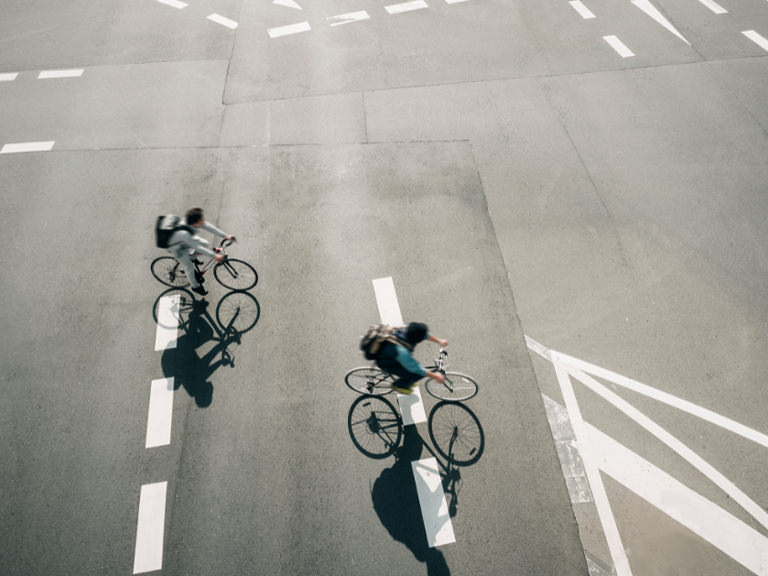
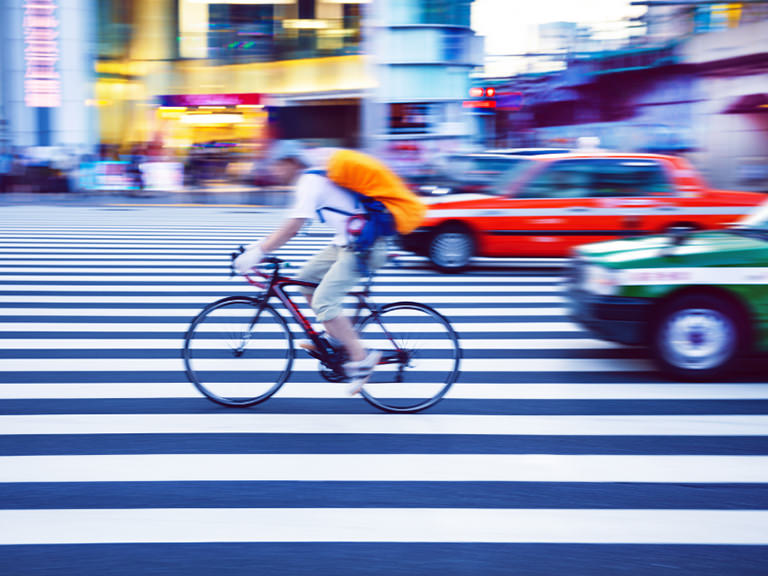
Japan has a lot of appeal that might not be obvious from the get go. For the urban setting, when you visit Japan, you might wonder, why is it then that so many Japanese people regularly cycle in cities lacking expansive networks of dedicated cycling infrastructure? For the most part, cycling in Japanese cities is low stress, safe and convenient and riding on the footpath is completely socially acceptable almost everywhere and occurs in large volumes. In fact, a lot of Japanese cycling infrastructure simply consists of a signposted portion of the footpath, generally along busy arterial roads. For the most part, those who choose to regularly cycle do so because it’s a convenient way to get around, not because they consider themselves ‘cyclists’, bicycle enthusiasts or fitness fanatics. You can find a cross section of all people riding bicycles from school children making their way to school all the way to an elderly woman coming home from the Sunday market. Some of the most wonderful and interesting experiences can be had from riding bicycles around a city.
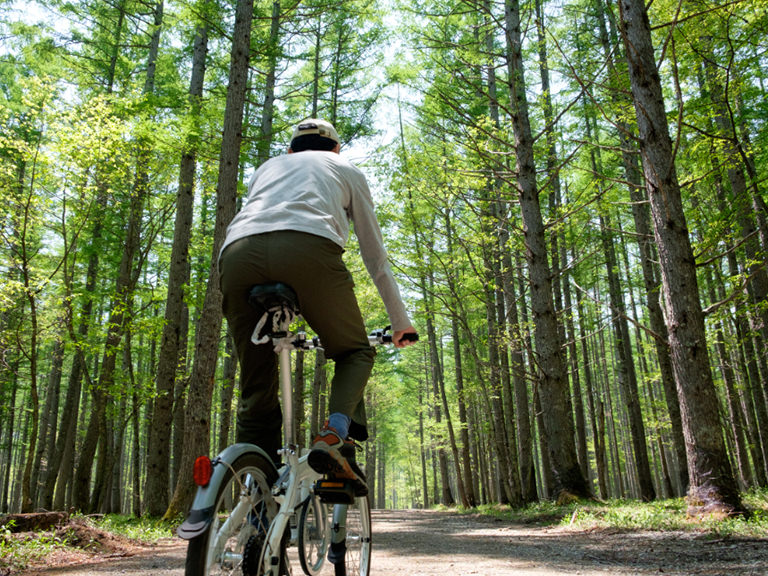
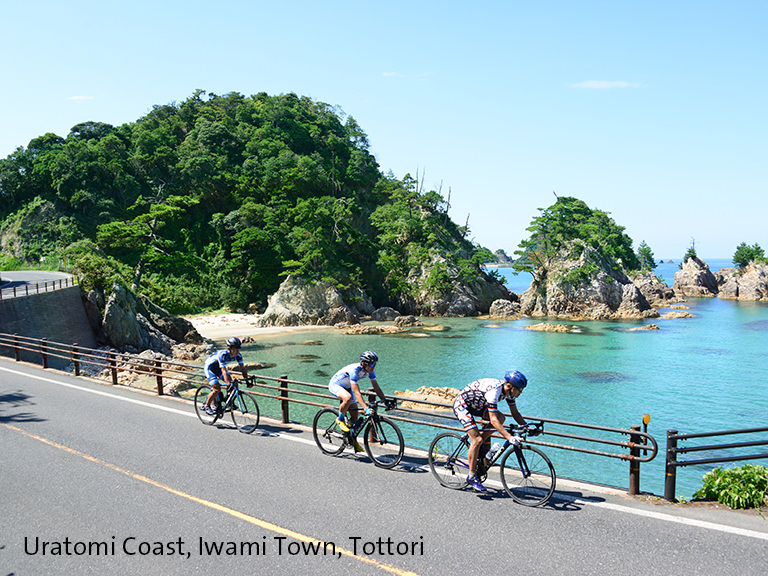
For a more rural setting, or exploring Japan on a bicycle, it can be very liberating to be able to go wherever you want to go! Japan is a beautiful country, and there are so many places which are off the beaten track. With its forested mountains, rugged coastline and neon-lit streetscapes, the landscape is as varied as it is majestic. And there’s no better way to explore it than from the saddle of a bike – seeing, smelling and feeling the place without the barrier of a coach window. Of course, one of the best things is that you’re also burning enough calories to ensure you’ve earned your bento box and sashimi each day.
One of the key things to consider before booking your Japan cycling holiday is your physical fitness. Japan is a mountainous country (it’s over two-thirds mountains) so you can expect some inclines on your two-wheeled trip, and you’ll want to be in good shape so you can reach the summits. Additionally, with so many new tracks that have been already made, or are being made for the future, you will be spoiled for choice on the amount of different routes you can take, or you can be creative and come up with your own!
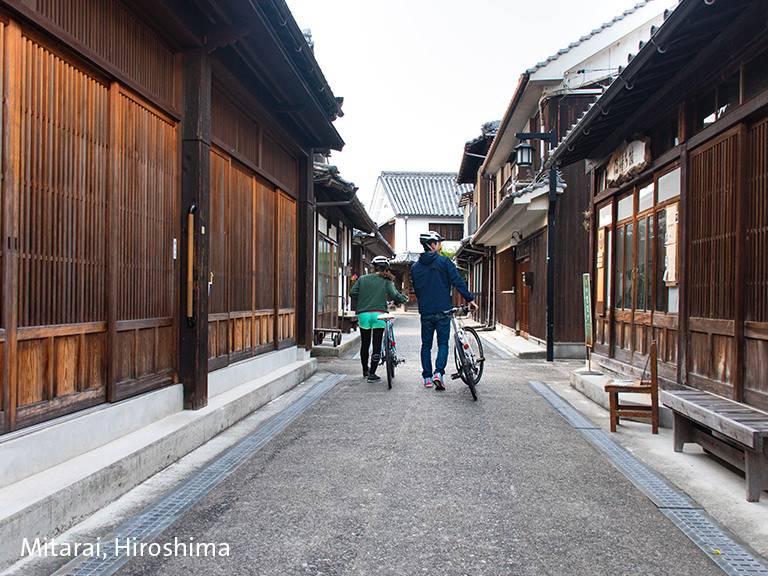
It is reported that 16% of all trips made in a day in Tokyo are by bicycle. One of the reasons bicycles are common in Japan is that most of the errands or places people want to go are in their neighborhood: schools, supermarkets, hospitals, parks, train stations and so on. So, it would seem a waste of resources to drive 2 or 5 minutes to the hospital or supermarket nearby! It is the Japanese “Mottainai (もったいない)” culture where nothing should be wasted, and cycling is a good means to promote health and exercise. Mamachari (ママチャリ) is the commonest type of bicycle in Japan which typically shows how resilient and powerful Japanese mothers are. Not only Japanese mothers who ride on mama-chari, but you can see them in most Japanese cities and towns carrying loads (bags, shopping stuff etc) in the front basket and children on the seat at the back.
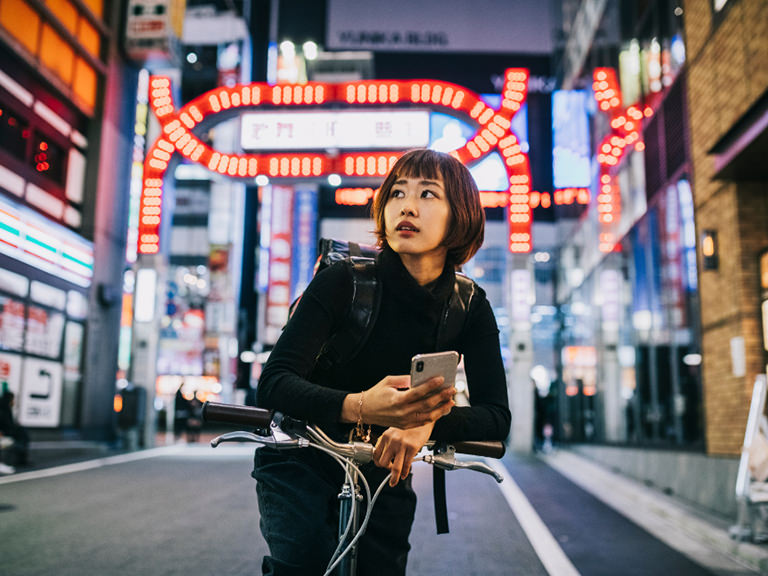
Japan is a country rich in nature, culture, and food. While it is difficult to enjoy all of them in one trip, you can enjoy the beauty of many landscapes by cycling. It is increasingly becoming one of the most popular activities to do while in Japan, and you can have a wonderful experience alone or with a friend. As a result, some private railways and subways allow you to bring your own bicycle onboard (some Shinkansen trains also allow this), to broaden the ability to cycle around Japan. You can see different faces of Japan in every season since the island country has beautiful distinct four seasons: for example, cherry blossoms in spring and tint leaves in autumn. Touring Japan and cycling go hand in hand and allows you to be more sightseeing that you can expect. If you are interested in seeing a wider range of scenery, then cycling is the way to go!
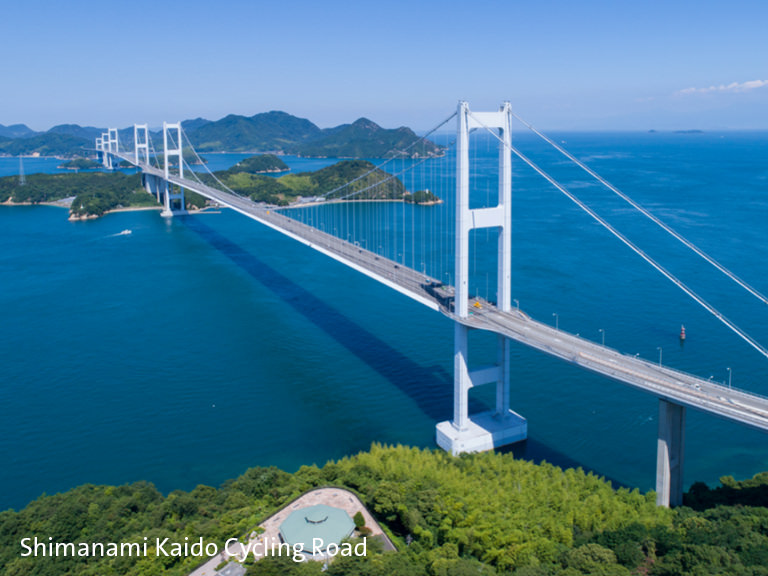
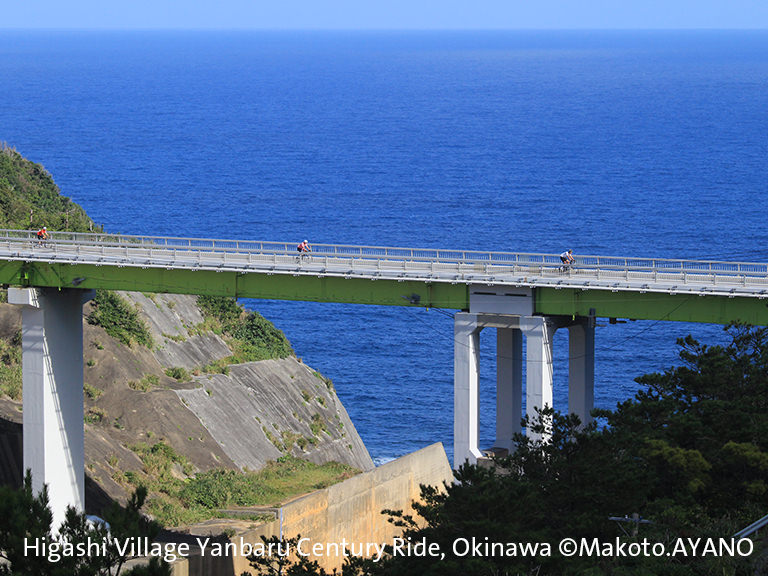
The Japanese government is working to revitalize cycle tourism, and cycling is wonderful and easy to explore places at your own pace. In May 2017, the government enacted the ‘Law for the Promotion of Bicycle Utilization’, which was enacted to begin seriously focusing on expanding the role of bicycles in the transportation system and improving the cycling environment. As part of this effort, the government designated the Tsukuba-Kasumigaura Rinrin Road (Ibaraki Prefecture, 176 km), Biwaichi (Shiga Prefecture, 193 km), and the Shimanami Kaido Cycling Road (Hiroshima and Ehime Prefectures, 70 km) as “National Cycle Routes” and is being promoted throughout the country.The Shimanami Kaido connects Onomichi City in Hiroshima Prefecture with Imabari City in Ehime Prefecture. It is a wonderful experience of riding through the ocean with a spectacular view of the Seto Inland Sea below. The Shimanami Kaido is used by 330,000 cyclists from Japan and abroad every year.
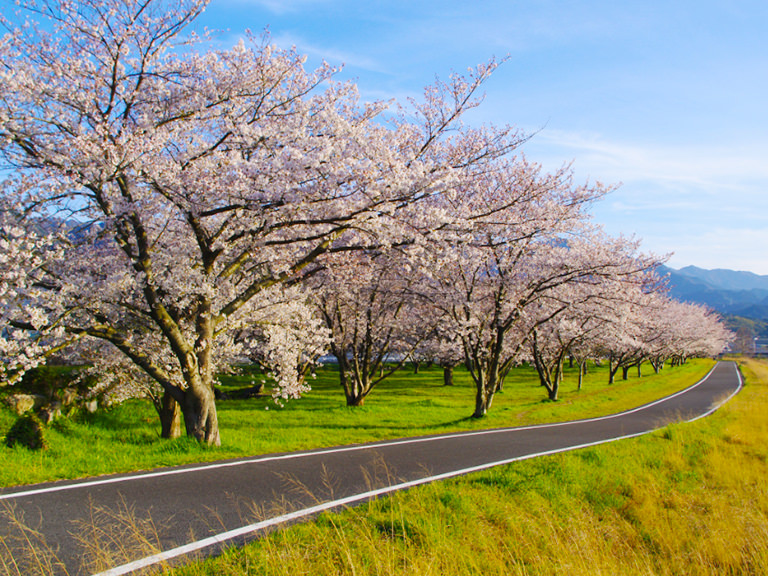
Japan is long from north to south, because of this the weather varies from region to region. Since there are four distinct seasons, it is best to avoid cycling in winter (Dec – Feb), rainy season, and typhoon season. Depending on what month you decide to cycle in Japan, your cycling experience could be incredibly relaxing, or you’ll be battling some of the harshest climates. To avoid these issues it is always a good idea to check the weather in the area you are visiting to determine if it is suitable for cycling. Of course, Japan is a country that can be enjoyed without cycling with plenty of off-road activities to enjoy, if the weather is an issue for you one day, remember you can just go again another time.
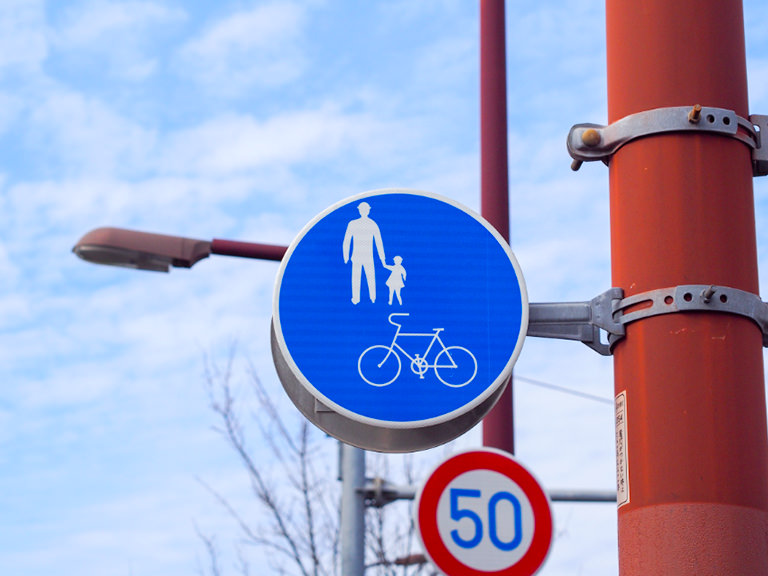
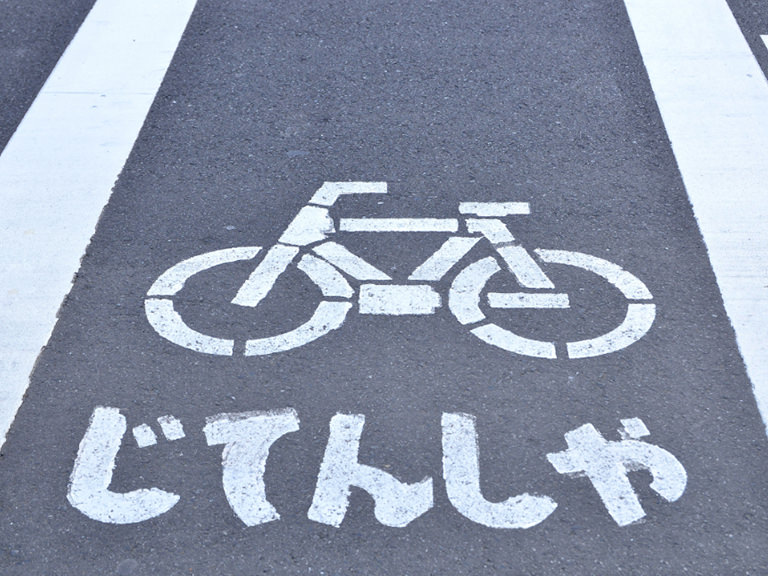
Like Australia, there are road rules in place for cyclists in both urban and country areas. It is important to follow these traffic rules as the more urban a city is, the more bicycles, cars, and pedestrians come and go, unfortunately, the more traffic accidents there are. When parking your bicycle, please make sure that you are allowed to park your bicycle properly. Bicycles parked outside of the parking spaces will be removed and stored in bicycle storage facilities in the suburbs. We have a limited number of days to park our bicycles, so we would like to avoid any unnecessary hassle. When you see these characters appear on the road ‘止まれ’ it means that you must stop before continuing again, and make sure to always ride on the left side of the road your designated lane. If you wish to take photos, videos or use your cellphone, make sure you find a safe spot to stop at the side of the road before using it.
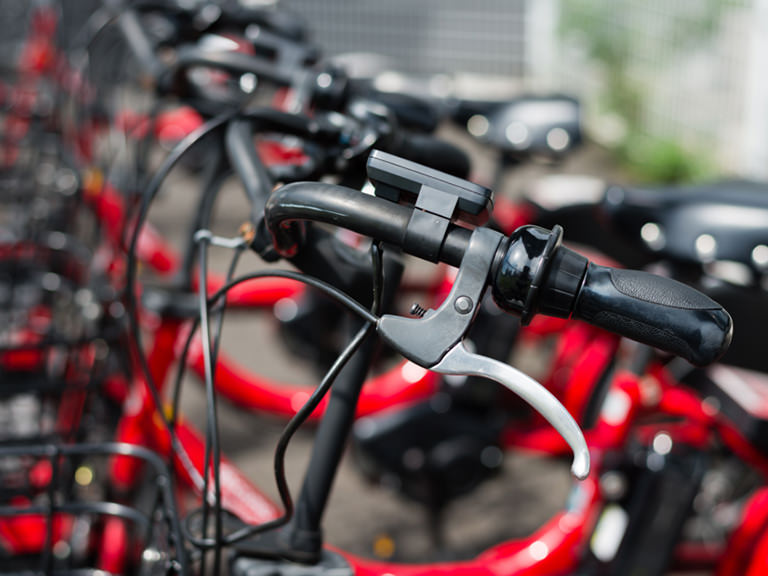
There are shared bicycles in the city, or you can rent bicycles in most tourist spots that offer cycle tourism. Renting a mountain bike on the other hand can be a challenge, when you first arrive at the airport, make sure to visit the tourist information centre so that they can direct you on where to purchase a rental mountain bike. The most popular place to rent bikes in Japan is ‘Rentacycle’, you can contact your hotel or a nearby tourism office for more information. You can also check out a variety of ‘Giant store’ stores across Japan, or you can even book your reservations online. There are also a variety of stores across Japan that offer rental services like Extremo mountain bike rentals.
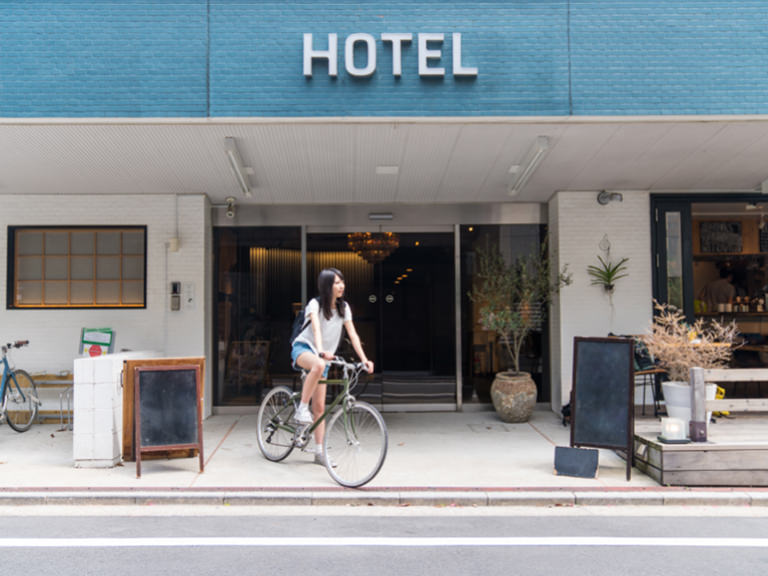
Check if you can park your bicycle at the accommodation. There are accommodations for cyclists around well-known cycling routes in Japan and abroad, such as the Shimanami Kaido and Hokkaido, and there are opportunities to meet other cyclists.
Foreign cyclists can find incredibly cyclist-friendly accommodation in Japan, particularly near popular cycling routes. For example, the Shimanami Kaido has hotels where you can park your bicycle, they range across Imabari all the way to Onomichi.
We introduce courses in Japan, divided into four categories. Choose the course that suits your purpose and skills, and discover new attractions of Japan through cycling!
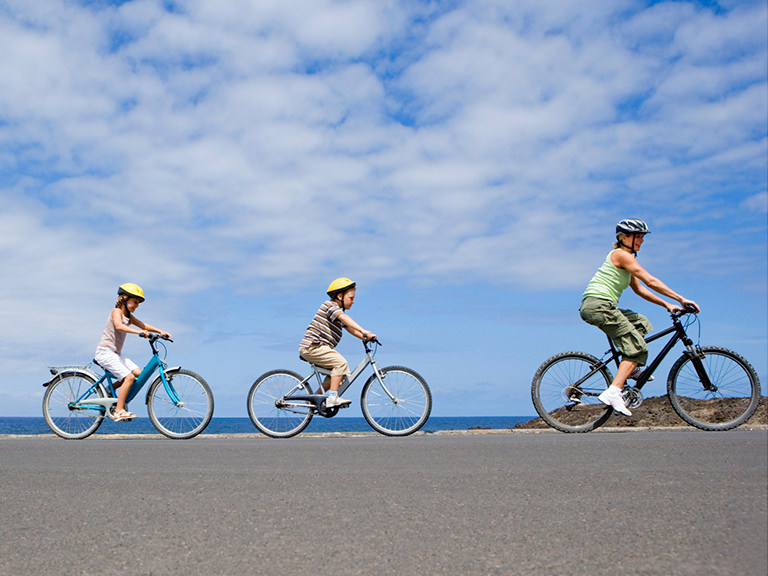
Suitable for people who don’t usually ride bicycles, or for cycling tour beginners and families. Most of the roads are flat and well maintained, and there are many rest stops.
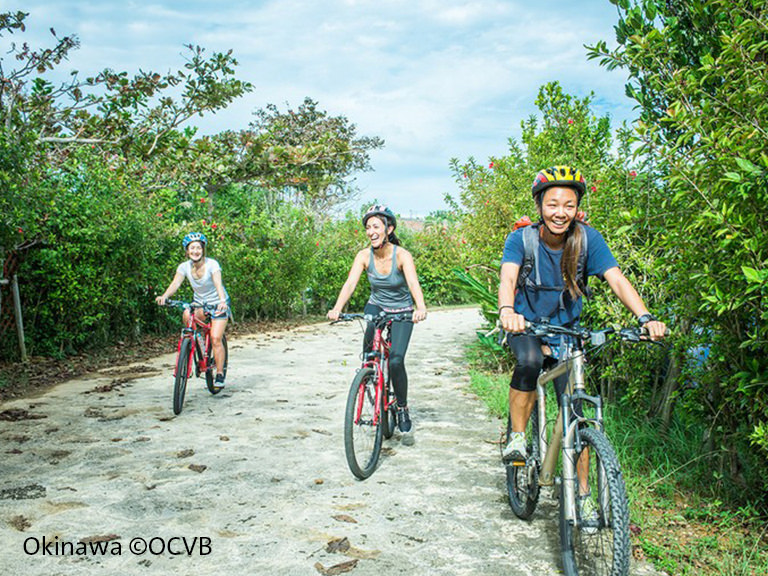
A typical cycling course. Mostly flat roads, with a few gravel roads and gentle hills included in the course. The goal is to enjoy nature and its scenery while cycling.
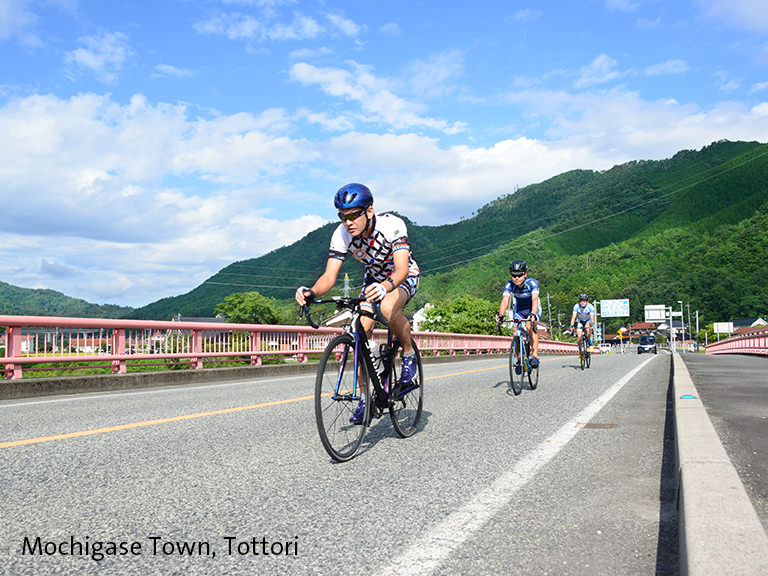
For those who have been on at least one cycling tour a year, or even several, there are long, steep hills and flat roads.
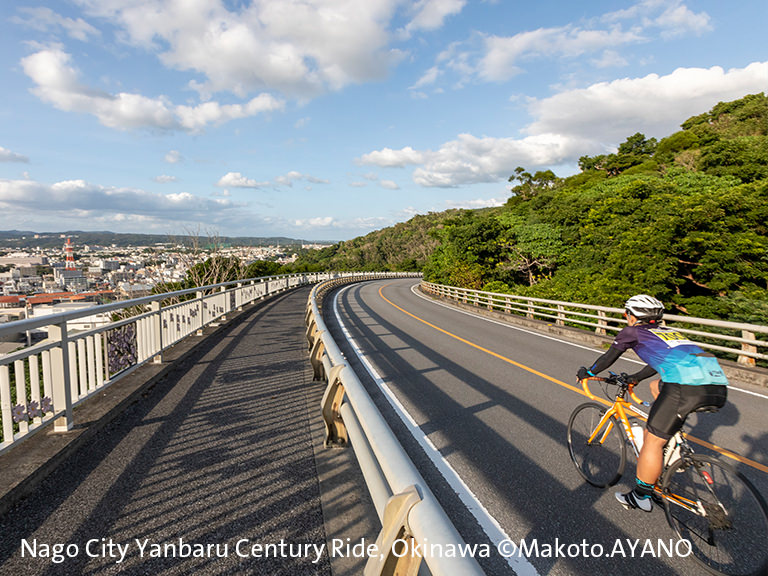
For those who ride their bicycles everywhere on a daily basis and like to go on long rides of 100km or more. It requires a lot of physical strength and includes routes with undulating roads.
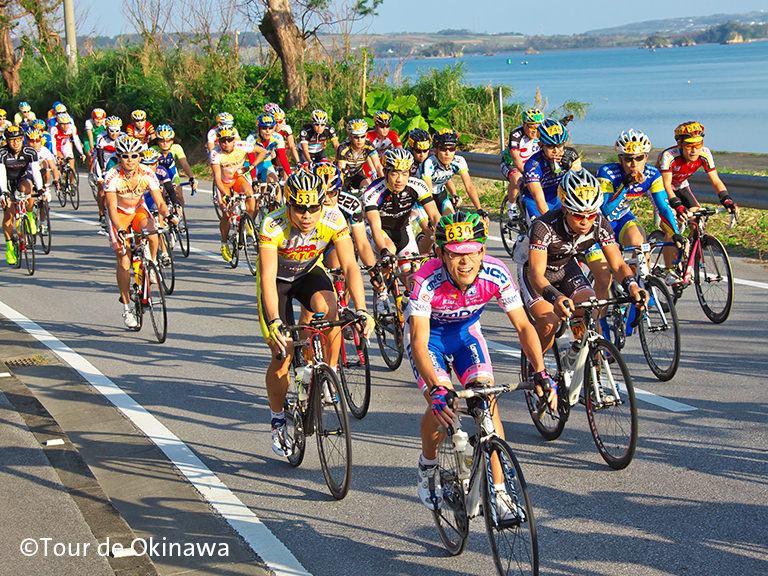
If you’ve always wondered what a cycling tournament is like in Japan, we’ve compiled a list of Japan’s most recognized and popular competitive events. These events are for those who are experienced in cycling and want to meet like minded individuals keen on the cycling experience. These events also visit some of the most internationally famed areas, allowing you to cycle through Japan’s beautiful natural landscapes. Here are some of Japan’s biggest cycling events that travelers are also able to participate in!
Held since 1987, the UCI registered event is regarded as one of the most spectacular stage races amongst all cycling races. As the event runs through the beautiful nature of Hokkaido, Tour de Hokkaido became one of the main events to popularize cycling in Japan as well as promoting Hokkaido as a popular tourist destination . The Citizen’s race has officially been announced to be held in June of 2021, if you’re looking to visit hokkaido and have a keen interest in cycling, the Tour de Hokkaido is a great event for exploring new areas and finding other cycling enthusiasts.
Location: Engaru Town, Hokkaido
Date: TBA
https://www.tour-de-hokkaido.or.jp/citizen
In Utsunomiya, the Japan Cup Cycle Road Race is one of the oldest and biggest races in Asia. The city is known as the ‘city of bicycles’ boasting an incredibly bike friendly culture. See some of the most competitive cyclists who have raced in some of the biggest events such as the Tour de France and Giro d’Italia. The tournament lasts for 3 days, so explore Honshu’s most beautiful natural spectacles during your stay there!
Location: Utsunomiya City, Tochigi
Date: TBA
http://www.japancup.gr.jp/2020/about
Based in Nagano, the Tour de Utsukushigahara takes you across the vast green highlands and is considered to be one of Japan’s biggest hill climb races! Every year this event achieves 2000 competitors, scaling a mountain for 22km, not only to win, but to get to the beautiful Azama Onsen and relax the muscles after the race. Most ages are eligible to compete, however it is best to supervise children to make sure they can withstand the change in altitude.
Location: Matsumoto Baseball Stadium, Matsumoto City, Nagano
Date: TBA
https://visitmatsumoto.com/en/event/tour-de-utsukushigahara
https://www.samuraisports.org/pastevents/tourdeutsukushigahara
The Toyama Bay cycling course reaches out to all difficulty levels with 4 different courses ranging from 45km-180km and having the minimum age requirement for the easiest course be accessible to children aged 7-8 years of age. Toyama Bay also boasts one of the most beautiful bays in the world, as you cycle across the coast Toyama Prefecture starting at Fushiki, Takaoka City. As the event is usually held around the early spring time, you’ll also be able to admire white mountains still covered in snow and the blue sea.
Location: Takaoka City, Fushiki Community Centre
Date: TBA
http://toyama-bay-cycling.jp
One of the biggest and most professional tournaments in all of Japan, the Tour de Japan takes its competitors all across the country, from Sakai, Kyoto, Inabe, Osaka, Mt. Fuji, Mino, Minamishinshu, Sagamihara and finally Tokyo on an epic journey to being crowned the best in Japan. If you’re aspiring to be the best, or want to see some of the best cyclists in action, definitely check out Tour de Japan!
Location:
Stage 1 – Fuji Speedway west gate, Sunto District, Shizuoka
Stage 2 – Hashimoto Park, Samagihara
Stage 3 – Oi Wharf Minatogaoka Wharf Park
Date: TBA
http://www.toj.co.jp
Another UCI rated cycling event, the Tour de Kumano is a 3 day cycling tournament that allows for up to 6 overseas cycling teams to compete. The course takes you across two prefectures, being the Wakayama Prefecture and the Mie prefecture. As the event takes place in the Kansai area, you’ll be able to easily head to places like Kyoto and OSaka for city life, however Mie and Wakayama also offer an incredibly authentic cultural experience with their unique specialities.
Location:
Stage 1 – Kumanogawa Onsen Satsuki – Kumano
Stage 2 – Higashi Kishu (Kinan) Wide area Disaster Prevention base
Stage 3 – Taiji Kujirahama Park
Date: TBA
https://www.tourdekumano.jp/about
Tour de Okinawa has been organised as part of the UCI Asia Tour since 2005. It also organises amateur road races, such as “Citizen Road Race Section” and “Cycling Section.” Their popular “Citizen Road Race Section” has a range of distances such as 50km, 100km, 140km and 210km courses, allowing the participants to enjoy cycling along the coast of Okinawa and in the beautiful surroundings of Yanbaru.
Location: Nago City hall, then walk 3 minutes (See link http://www.tour-de-okinawa.jp/en/OUTLINE/access.html)
Date: TBA
http://www.tour-de-okinawa.jp/en